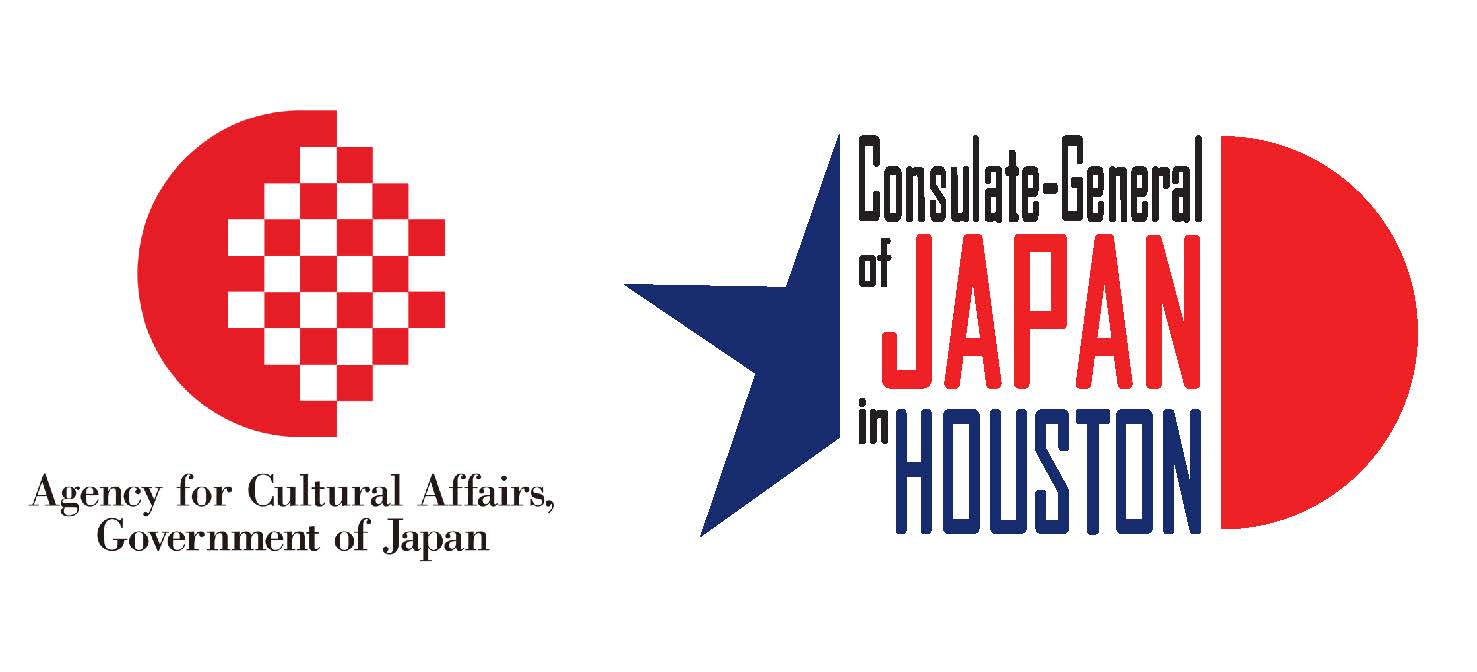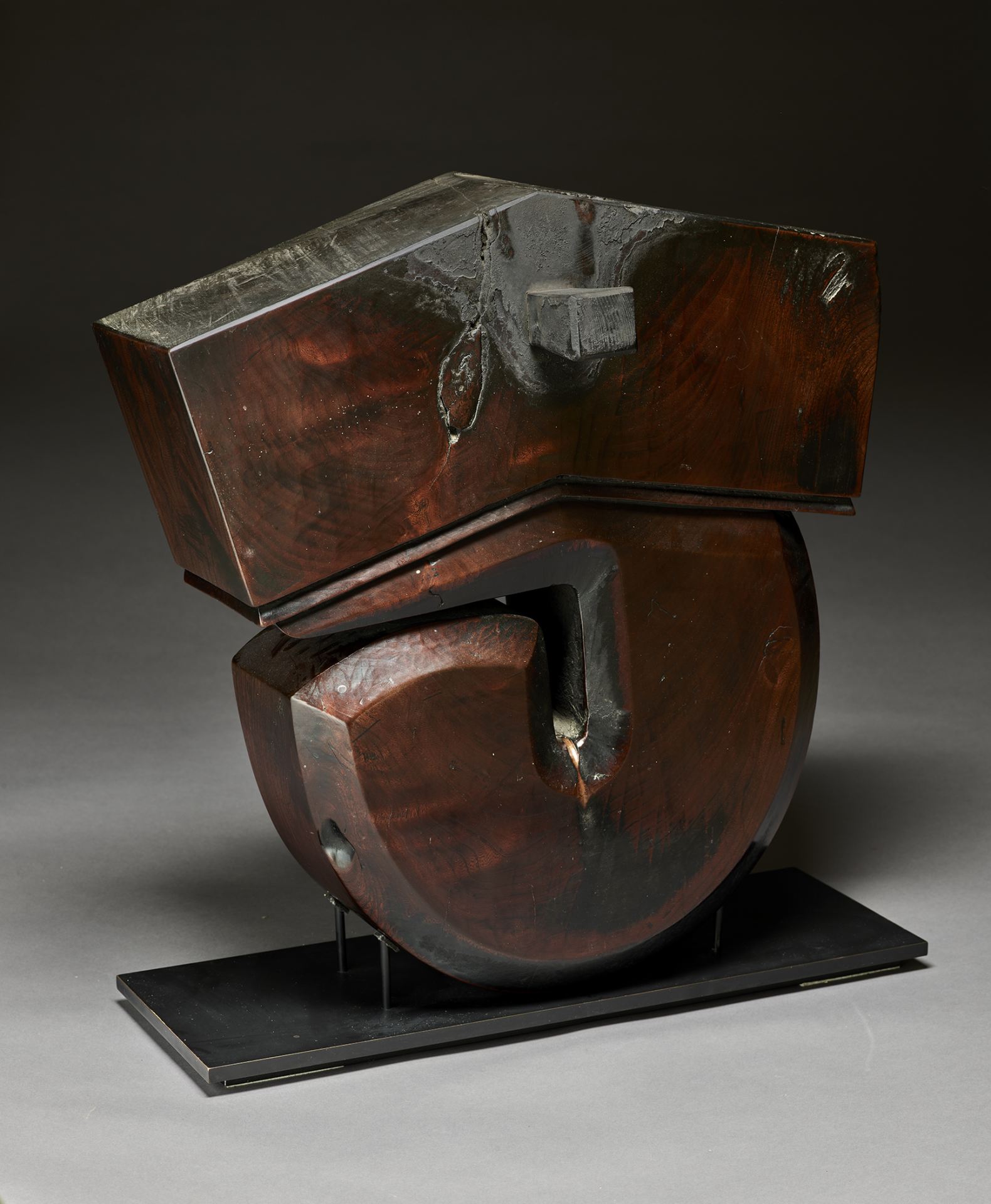
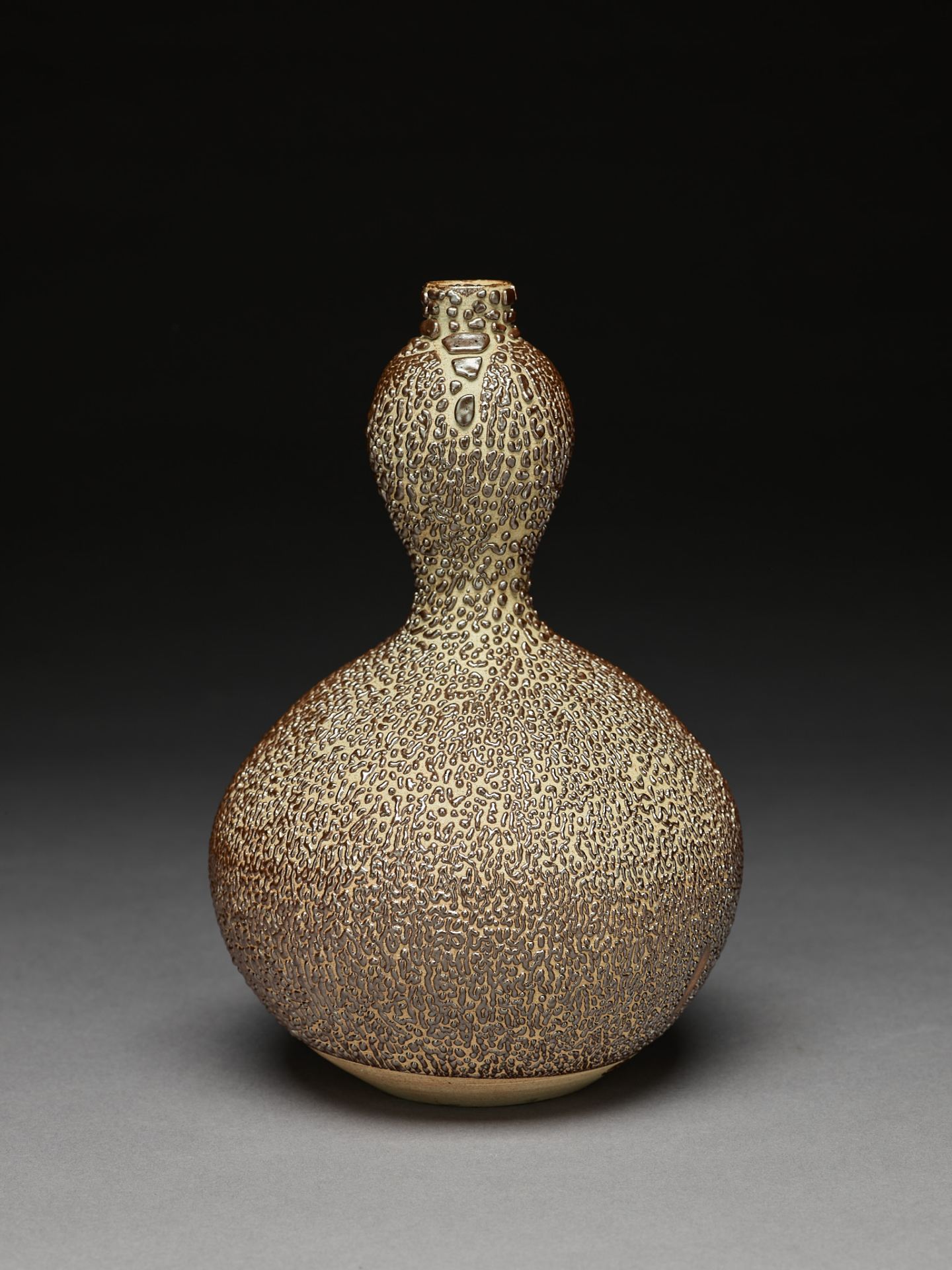
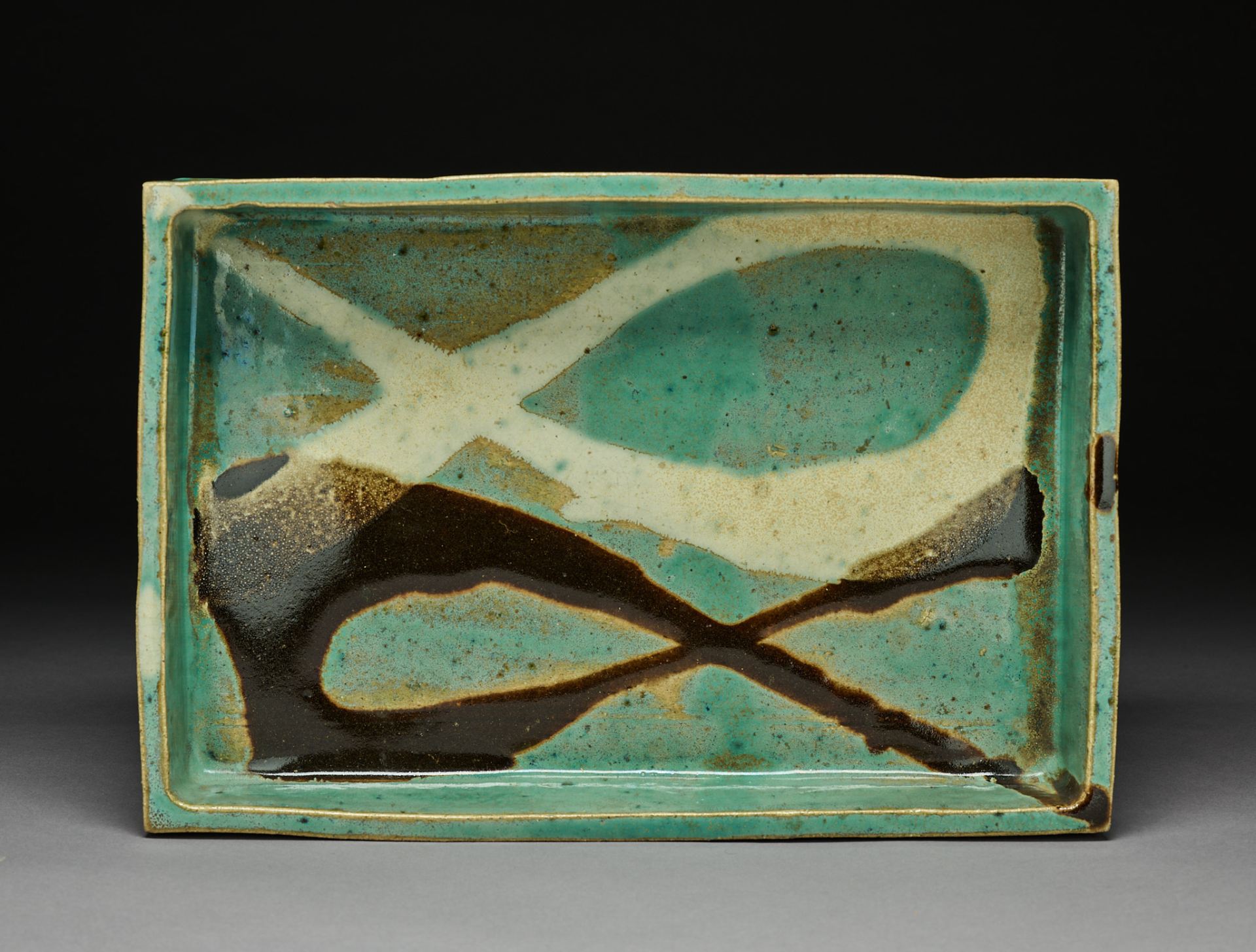
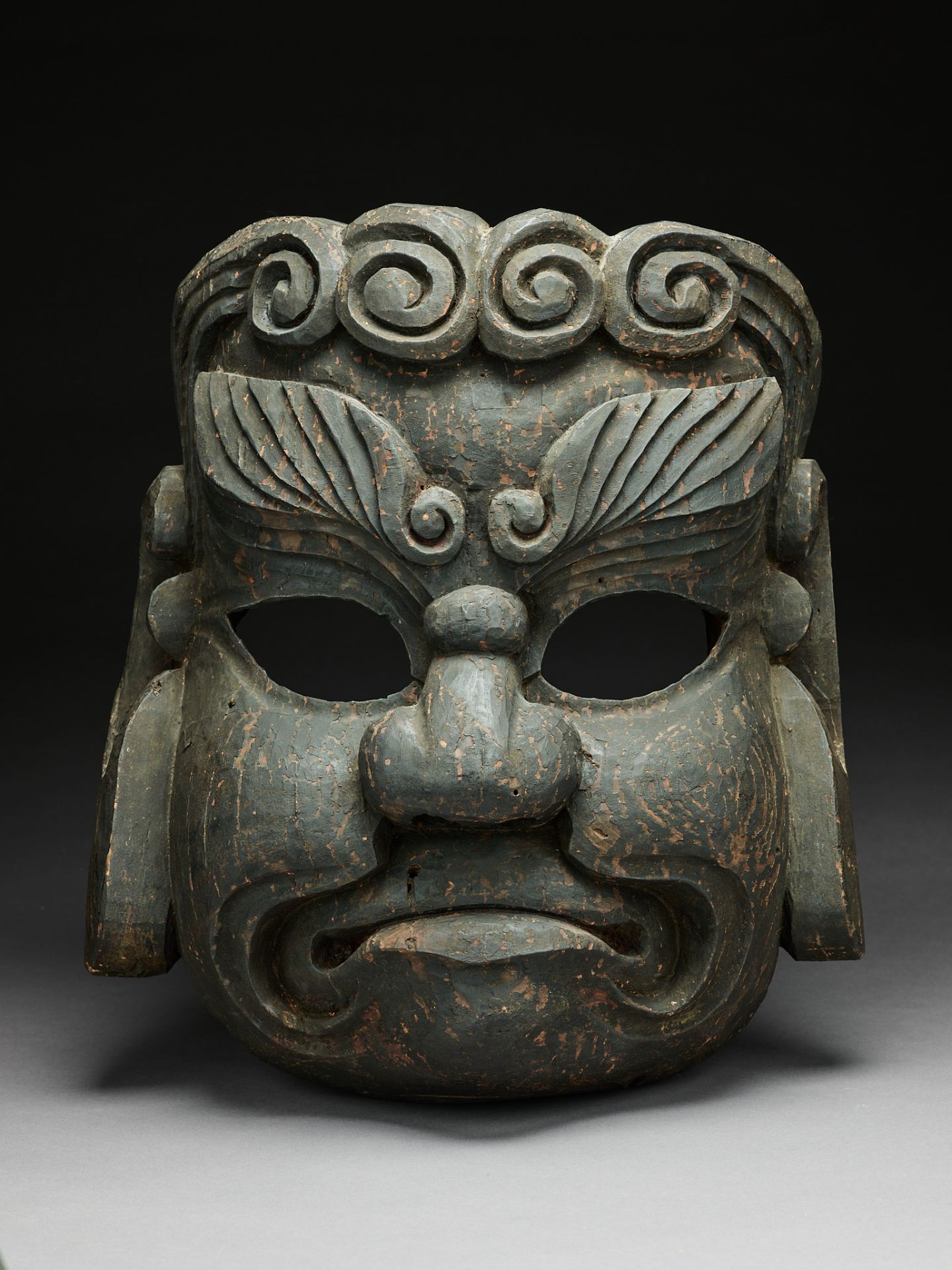
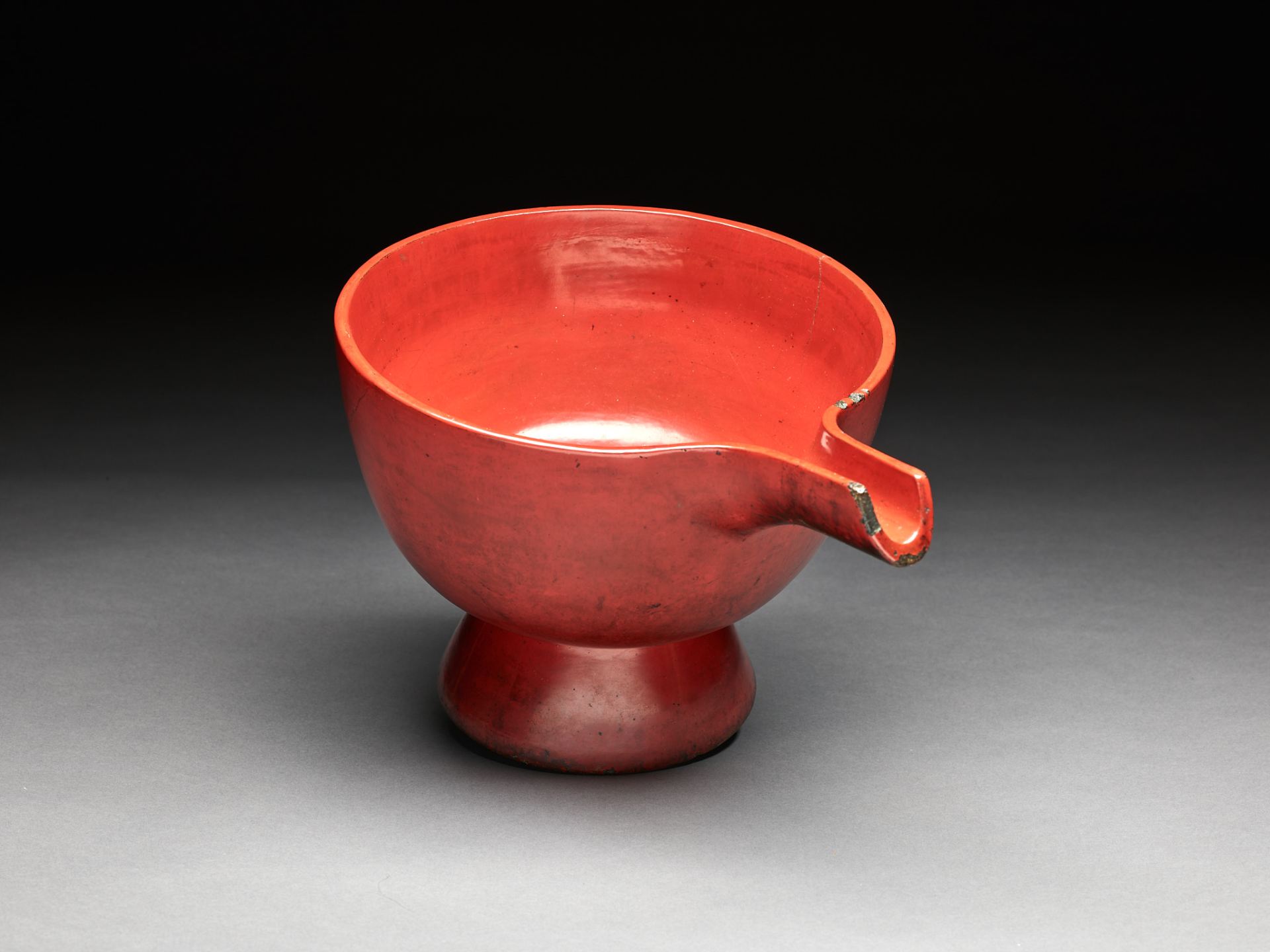
Beginning April 15, 2023, through April 14, 2024, the Crow Museum of Asian Art of The University of Texas at Dallas will present a landmark exhibition based on the collection of Jeffrey Montgomery and bearing the title Japan, Form & Function: The Montgomery Collection. More than 240 works will be presented, subdivided into themes and categories throughout the galleries. For the first time, the Crow Museum will dedicate the entire museum to one sole presentation over an extended period of time.
Most works from the Montgomery Collection can be identified as Japanese folk art comprising a wide range of media, formats, and patterns, which typically differ from region to region. Various influences and styles have impacted each area of the vast country, and the mass production of objects for daily use testifies to the exquisite craftsmanship and the stunning regional diversity that has existed in Japan for centuries. Two key elements are recurrent throughout the exhibition: form and function. Far from referring uniquely to the overall shape of the objects by form, the intended functions of the various components are also revealed. The variety of materials shown in the exhibition (ceramic, textile, metal, wood, paper, etc.) and the origin of the works scattered over countless provinces provide an encyclopedic range of patterns, designs, motifs, compositions, and outlines. Moreover, these objects all served a specific purpose within a cultural context and mostly fit into everyday life practices. They are representative of the region they were produced in and had very specific functions – water jars, futon covers, tea kettles, kimono, and ceremonial banners.
Each gallery will present one or more themes from a specific region of Japan – starting from the very South in Okinawa and the old Ryūkyū Kingdom, and ending in Tōhoku, the northernmost region of Honshū. Some specific themes approached in the exhibition are the Chinese influence at the time of the Ryūkyū Kingdom (Okinawa), the Six Ancient Kilns, symbols and iconography in Shintoism, and the Mingei Movement. The range of objects shown in this exhibition includes metalware, textiles, ceramics, wooden sculptures, lacquerware, paintings, and much more. Exquisite examples of ceramics in the form of water containers, storage jars, chargers, dishes and bowls, and sake bottles can be admired next to flasks in stoneware and porcelain, and oil drip plates. They cover 5,000 years of Japanese history; from the early Jōmon period (5,000–3,520 BCE) to the end of the 20th century.
The Mingei Movement
One of the main sections of the exhibition is dedicated to exponents of the Mingei Movement who brought a revival in the awareness and appreciation of Japanese local craftsmanship in a period of modernization of the country and the swift rise of consumerism. The Mingei Movement was founded at the end of the Taishō period (1912–1926), at a time when Japan was transitioning from a democratic government towards the nationalistic regime introduced in the Shōwa period (1926–1989). The founder of this movement was the philosopher and scholar Yanagi Sōetsu (1889–1961), who stood against the industrialization and modernization of the country based on the Western model. He claimed that mingei (literally “folk art”) reflected indigenous and pure Japanese folk production with clear regional differences, typical and unique to Japan, whose richness and renown they contributed to establish. As handmade mass-produced wares, mingei products responded to the needs of everyday life, yet with high artisanal quality. The members of the Mingei Movement, such as the ceramists Kawai Kanjirō (1890–1966), Hamada Shōji (1894–1978), and the British potter, Bernard Leach (1887–1979), were not only promoters of the Movement but also artists; their works are exhibited in the Jade Room of the Crow Museum.
About the Montgomery Collection
The Montgomery Collection is widely acknowledged to be the largest and finest collection of Japanese folk art outside Japan. The Swiss collector Jeffrey Montgomery has spent more than 40 years traveling around the world acquiring works that today total approximately 1,100 works in various media. Among other features, the collection reflects his personal taste and interest in the functional as well as the sculptural qualities of the objects.
Jeffrey started collecting Japanese folk art for his own enjoyment, which then developed into a passion that continues today. His collection came to the attention of scholars and curators leading to requests to exhibit his collection by various museums and galleries, which in turn led to an international awareness of the collection. Over the years, specialized parts of the collection have been subjects of more than thirty exhibitions at venues such as the Victoria & Albert Museum in London, the Museum Bellerive in Zurich, The Musée des Arts Asiatiques in Nice, the Japan Society Gallery and Bard Graduate Center in New York and numerous other venues both in Switzerland and abroad; all received with enthusiastic attendance and reviews. In addition, the collection has been published in numerous books and catalogs, with essays by noted scholars, providing some of the best references works for Japanese folk art available in European languages.
Thanks to the encyclopedic assemblage of objects by the collector Jeffrey Montgomery, this exhibition is a unique occasion to enjoy and learn about a vast variety of objects made mainly by the Japanese folk for the folk. Except for a few cases, it is neither art commissioned by the local aristocrats and the elite, nor objects made to attract foreigners, but artifacts mainly used by the masses in their daily life, during festivals or other special occasions.
This exhibition is organized by the Crow Museum of Asian Art of The University of Texas at Dallas and curated by Luigi P. Zeni MA, Guest Curator.
Exhibition support provided by

Official nominal support of the exhibition provided by
